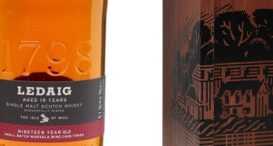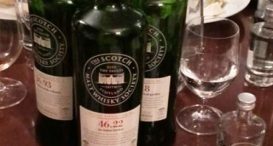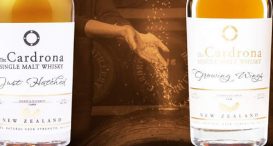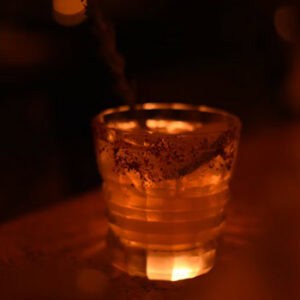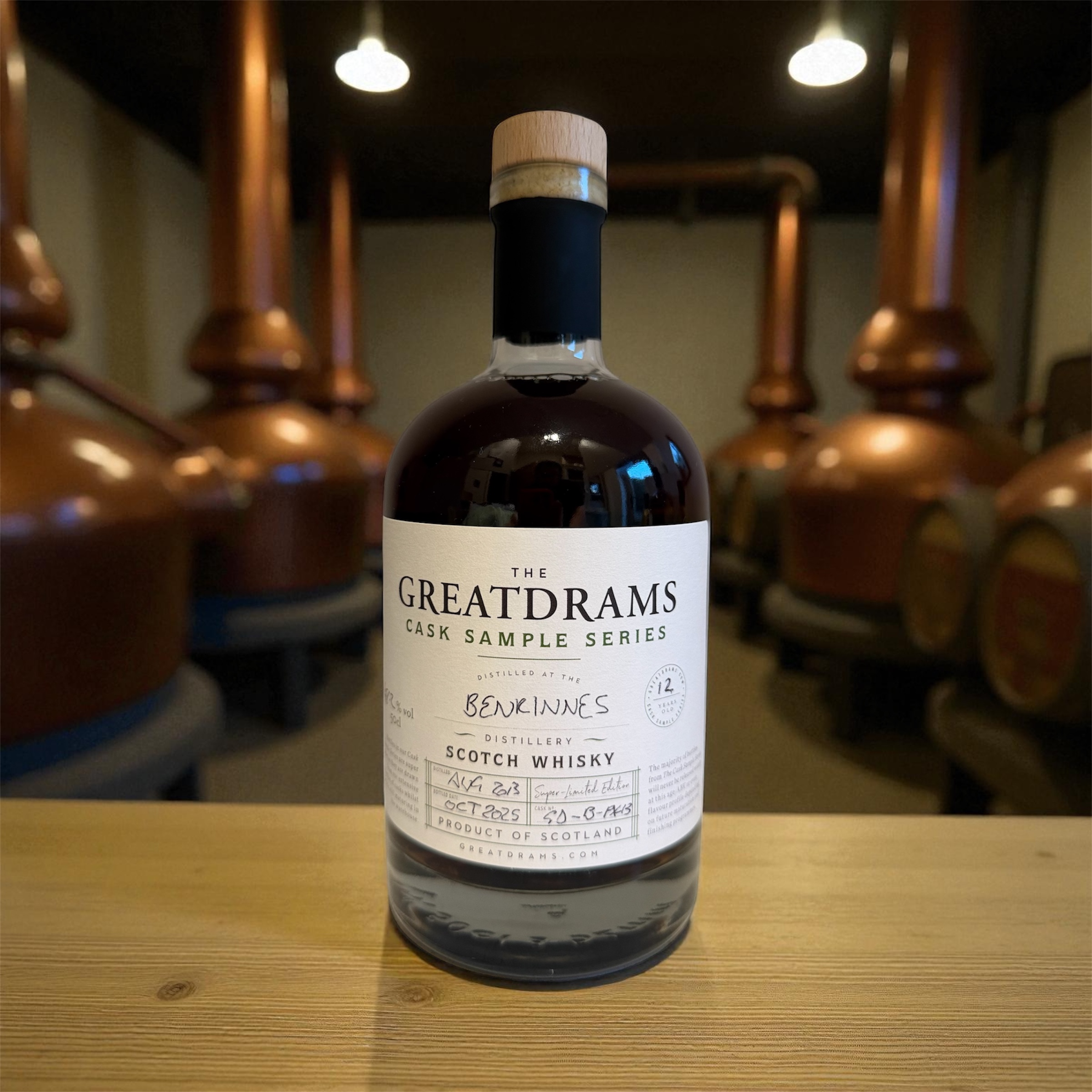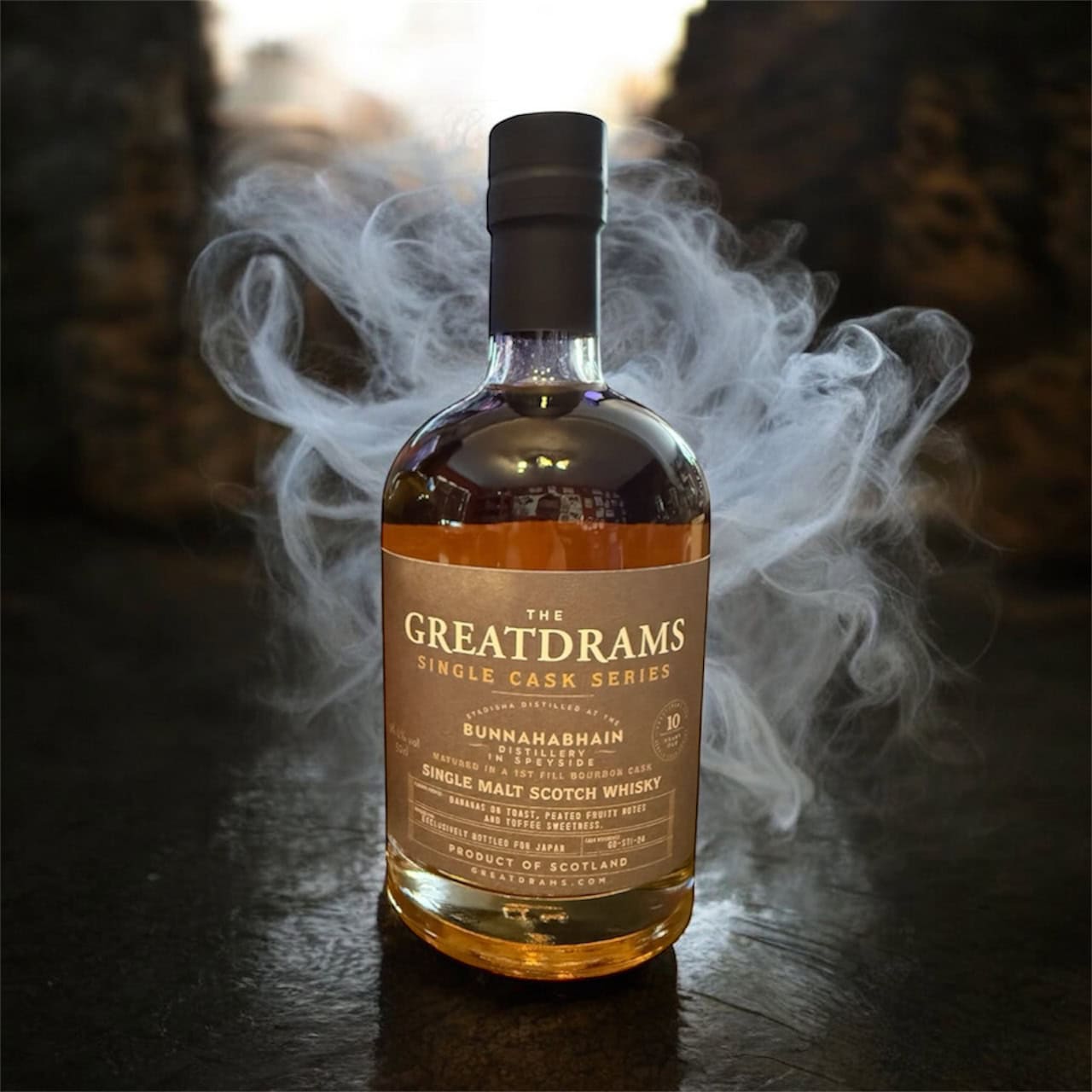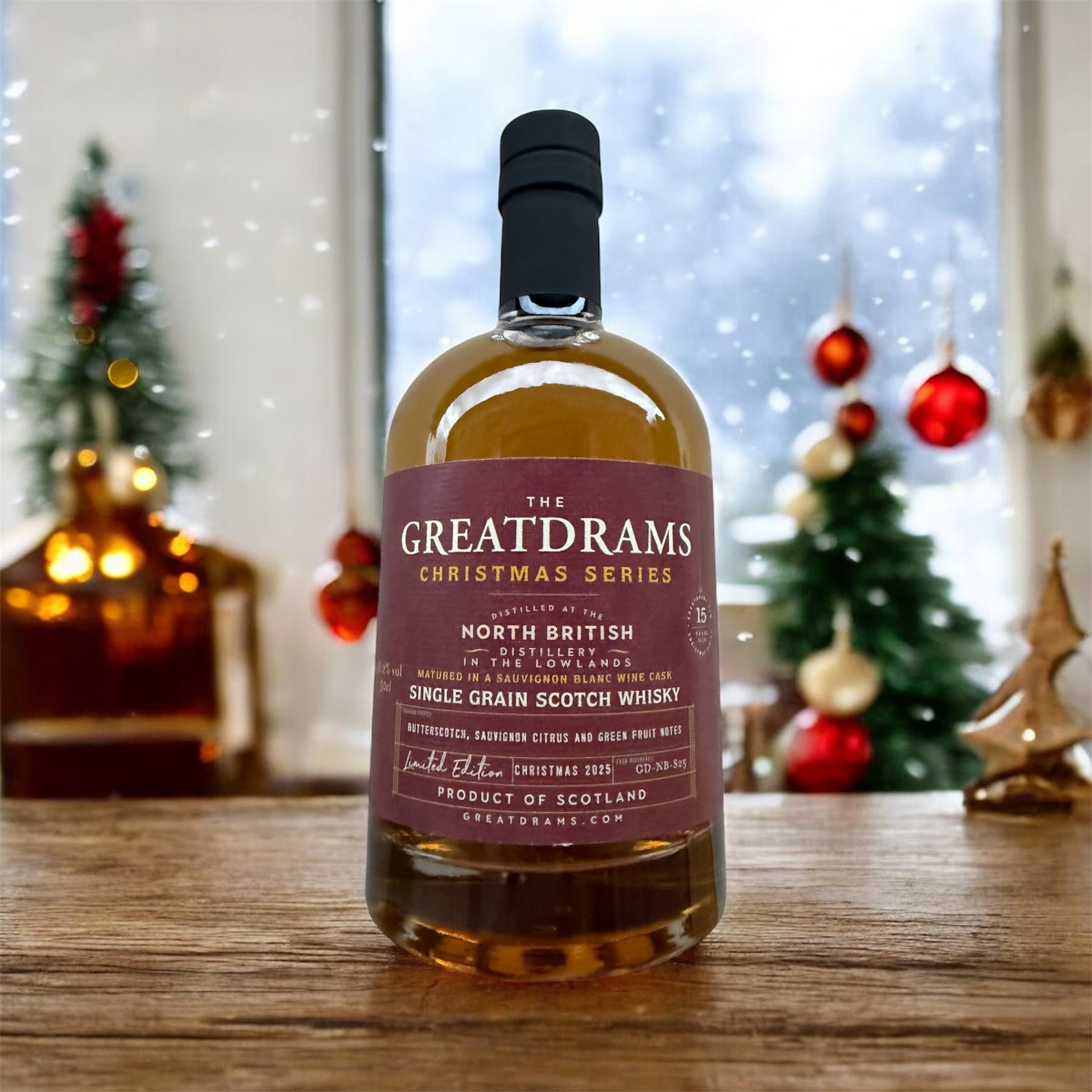How does a whisky brand create luxury in their higher end expressions?
How does one truly define luxury, especially in whisky? Is it based on price? Is it based on age? Is it based on exclusivity? Is it based around investability? Or it based on a feeling? Is it based on a personal connection? Or is it some assemblage of all of the above?
In reality it will be a marginally different definition for each one of us; some put a lot of value in limited access releases from cult distilleries such as Ardbeg or even Bimber where age statements are largely an irrelevance as the brand itself has built either clout or status through their production, personality or prior releases. Then the question remains; do you keep it? Do you hope to sell it one day? Do you leave it to the kids as a sort of liquid inheritance fund? Or, dare you, well open it and enjoy the nectar inside?
Diageo surely hopes so, as noted by James Mackay, Global Private Client Director, Diageo who said that “all of Diageo’s whiskies, whether held as part of a collection or otherwise, are made with the intention that they will be consumed and enjoyed. In my interaction with our worldwide community of private clients, I am delighted to see that each one of them make a point of tasting each one of their whiskies, typically sharing such tastings with others who share their passion for rare and exceptional whisky.”
Joe Wilson at Whisky Auctioneer has his own take, believing that luxury in whisky is nothing new although “it is certainly more prevalent in the whisky industry now than it ever has been previously. The market leader in this respect is Macallan, and they were probably the earliest to position themselves in this space. While most single malt brands were still finding their feet in the 1980s, Macallan directly targeted the affluent after-dinner drinks setting, notably though releases such as the Anniversary Malts which were packaged with elegant labels and wooden boxes reminiscent of those used by fine wines and cognac houses.”
Setting the scene further, Wilson explains how some whiskies have gained their status amongst the elite stating that “this is an important moment however, as it is bottles like these that one may have considered “too fancy to drink” that have created the backbone of the secondary market. As enthusiasm for whisky has exploded in recent years, so too has interest in bottles from the past and sites like Whisky Auctioneer have offered the ideal platform for this, making it more accessible than it has ever been. What is key to the secondary market is that value is determined by what people are prepared to pay, and this is mostly informed by the whisky itself rather than how they are presented.”
When taking a luxury whisky to market there are also a surprising amount of considerations for brands when selecting, sampling, bottling, packaging and releasing Old & Rare whiskies as, frankly, they have to deliver both on flavour and pricing, sure, but also they must elevate a brand’s perception whilst acting as a halo over the core ranges which is where the volume and most of the revenue will ultimately come from.
Jonathan Gibson, Marketing Director for House of Hazelwood, describes the long term thinking at the core of their releases when planning for the different expressions for the new-to-market luxury whisky range from the William Grant & Sons stable, House of Hazelwood in great detail; “in our instance, the process goes back a very long way indeed. Many of our casks were first laid down in the middle of the last century and – notably – they were often laid down with the specific intent that they be kept back for long-term maturation. Some were experimental in nature, such as our Blended at Birth and Cask Trials releases, held back from new make with an intention to explore how the character would develop in a given cask for a given length of time. Other casks contained liquid of great significance, such as The First Drop – literally the first drops of whisky to run off the stills at Girvan distillery. In some instances, the whiskies were identified as exceptional partway through their maturation process, as outstanding and unusual flavour and character developed (Sunshine on Speyside, A Breath of Fresh Air) and at this point they would be set aside. Other casks contain perhaps the earliest examples of long-term marrying in cask (for example, The Long Marriage – blended at three years old and matured for a further 53 years in a single sherry butt).”
At Glenglassaugh it is a very different story, as explained by Global Brand Ambassador Stewart Buchanan, who explains that Rachel Barrie, Master Blender for the brand, never has a final intention in mind for each cask and it is through sampling and monitoring of all casks in their coastal warehouses that starts to form ideas around what they might eventually be used for. Outside of their core and prestige range there is more of a collaborative approach with potential customers of Old & Rare expressions that will never be publicly available, with Buchanan explaining that “regional or private cask sales are special as they allow the buyer to take a more active role in the type of expression they will receive; visiting the distillery to sample the cask, adding packaging customisation and building a direct relationship with the distillery are all bespoke opportunities offered with this type of purchase. Consumer motivation varies and ultimately it is their decision on what to do with their purchase. Individual cask selection is done to preserve the liquid at the ultimate moment in its maturation so in that sense, yes, we do hope they will be enjoyed at some point.”
Pricing is a huge part of releasing a whisky in the Old & Rare category as get it wrong and it will sit on shelves gathering dust for decades to come, looking like it was overpriced and out of touch, get it right and it sells out swiftly adding even more desirability to the next release from that specific brand. Buchanan says that “age, number of bottles, packaging and awareness of the distillery in the market are some of the key factors when pricing these releases. Buyers of luxury single malts are shopping globally so being transparent with consistent global pricing is very important.”
For Gibson it is more about reflecting on the premiumness and rarity of each bottle given the connection between each cask and the Grant family who owns the brand and inventory to this day. “These are amongst the oldest and rarest whiskies of their kind – casks that had previously been held back for family ownership and personal consumption. There is in many instances a personal connection to the liquid itself – with each one representing a link back to a different era and memories associated with that. When pricing the whiskies we set out to respect the rarity and provenance of the liquid – to bring them to market in a manner that does them justice. That said, we also look to price these in a way that makes sense to whisky enthusiasts and collectors, that encourages them to buy into the collection. The decision has been made to open up what was until now a private family collection of aged whisky for public consumption – with that in mind we want people to feel empowered to purchase a bottle, to feel that it is fair value and in due course, when the time is right, to open it and enjoy the whisky inside. This is remarkable whisky and our role is to take it into the world – pricing it at a level that reflects its value and encourages both purchase and consumption is part of our role.”
Mackay concurs, adding that a combination of factors go into the end pricing model centred around quality, provenance and rarity and that a combination of those factors work together to ensure pricing works for both brand and consumer.
“Quality is fundamental; all of our clients taste before buying – this is subjective, but unless they consider a whisky to be outstanding they are very unlikely to add it to their collection. Provenance is key; our clients value whisky that comes from a particular place and time, and the more special that place the better – hence single malts like Talisker, Mortlach, Port Ellen and Brora tend to be valued more highly than others, and Johnnie Walker above all other blends. Again this is highly subjective. Lastly, rarity is the next most important factor, and there’s no doubt it can make the occasion of opening and sharing a bottle that much more special, if it is known to be one of only a few left in the world.”
For Glenglassaugh though it is a bit more ethereal in terms of selection where each cask chosen presents an “exceptional sensory experience”. Buchanan says that selecting each cask centres around “the interplay between nature and the hands of time, while reflecting different facets of Glenglassaugh’s coastal character. As with all Glenglassaugh expressions, the entire ethos behind the brand and liquid is inspired by the distillery’s truly unique coastal location, and we want the new portfolio to transport the audience to a place where the spirit is awakened and soul invigorated, this is something we hope will ripple through each individual market with the new releases.”
From the consumer or collector point of view, it is clear that targeting specific specific expressions from brands and such as The Macallan, The Dalmore and Ardbeg is the ‘simple’ way to invest, but why are these brands so sought after? To answer this Wilson explains that “while modern output from distillers like Macallan, Bowmore and Dalmore have increasingly leaned into their luxury status through elaborate packaging or high-profile collaborations with artists, fashion houses or car makers, the secondary market has also elevated names like Springbank, Laphroaig and Ardbeg that have historically been less flashy in their marketing. At the heart of the issue is that all of these big names have an earned legacy of high-quality production. It is perhaps unsurprising that the most sought-after Macallan are the understated Fine & Rare series which retain the simple and now classic bottle-in-a-wooden-box aesthetic of the past. A collection of over 50 old and rare vintage releases, these are of particular interest among collectors with average prices rising from £8k in 2016 to £14k in 2020.”
But other brands can budge their way into this elite too, with Glendronach bring a great example of a brand which has also manoeuvred itself into the luxury category in recent years through the introduction of its Grandeur series and the release of an ultra premium 50-year-old. “It is, however, the understated presentation of its annual single cask batches that holds the key to its popularity. The distillery is now well-known for its steadfast dedication to sherry cask maturation and has become one of the top 10 brands at Whisky Auctioneer where the single casks range experienced a 500%+ average lot value increase from 2016-2020,” adds Wilson.
One thing is for sure though; old, established brands with a long heritage in creating high end luxury expressions, along with bottlings that are no longer in production are the bottles to focus on when building and when investing in a whisky collection.
Greg Dillon, Founder, GreatDrams.com



